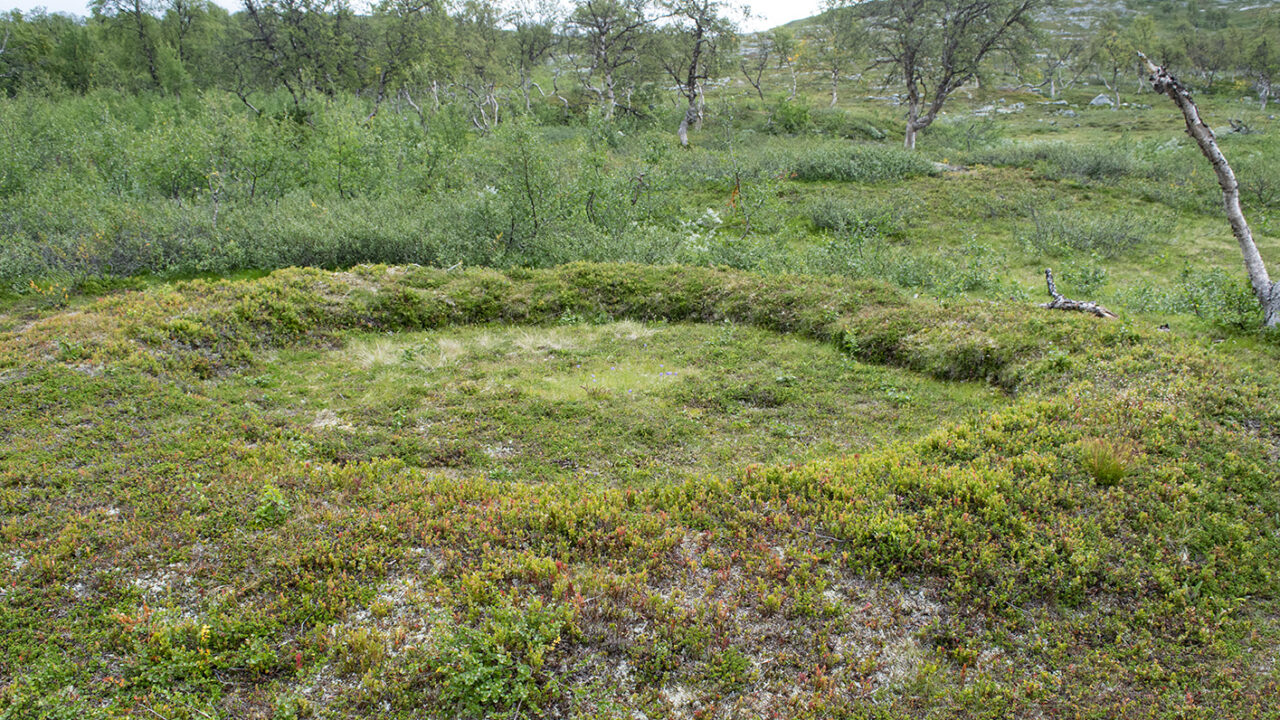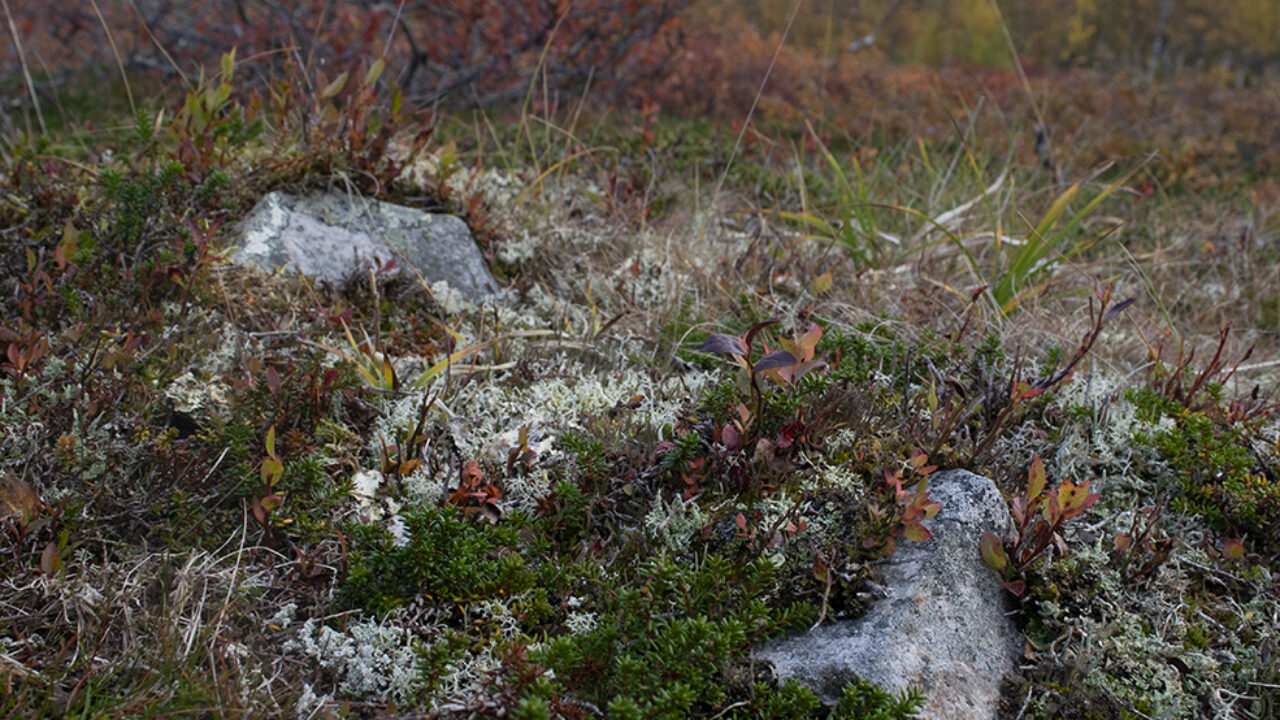The cultural landscape of the mountains
The project ran from 2005 to 2009. Important questions were which external and internal factors influenced the transition from a captive economy to reindeer husbandry and how this in turn affected the cultural landscape. The so-called stalotomts were central to the work and the interpretation was that they represented settlements that were used all year round in reindeer husbandry adapted to the mountain environment and with a major impact on the vegetation.
The long-term role of humans in alpine, subalpine and boreal ecosystem processes is a largely unexplored area. The aim of the project was to investigate the extent to which the post-glacial vegetation development of forests and mountains included anthropogenic elements, focusing on the conditions and emergence of cultural landscapes during the period 500 - 1900 AD.
The aim of the project was to develop archaeological and palaeoecological methods of analysis for identifying human involvement in the development of specific vegetation types with a specific focus on fire history in mountain and forest heath areas. The project work was carried out partly in parallel with the project Man, Fire and Landscape (see above) and in an interdisciplinary collaboration between archaeology, palaeoecology, ecology, forest history and soil chemistry.
The Silvermuseet's researchers were the initiators of the project and project owners. The work was carried out in collaboration with researchers at the Swedish University of Agricultural Sciences in Umeå and the University of Montana, Missoula.
Funder: Riksbankens jubileumsfond, Dnr K1998-5116
Project period: 2005 - 2009
Grant awarded: SEK 11 000 000
Project leader: Ingela Bergman

